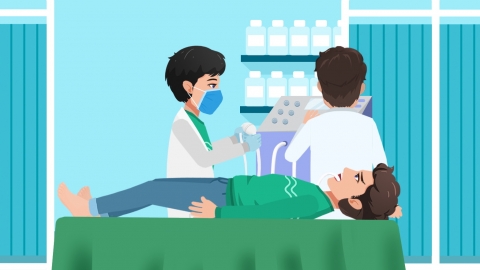How to treat severe carbon monoxide poisoning
Severe carbon monoxide poisoning requires immediate removal from the toxic environment, prompt hyperbaric oxygen therapy, correction of tissue hypoxia, prevention and treatment of cerebral edema, as well as symptomatic and supportive treatments. Timely and standardized management can reduce the risk of long-term complications. If someone is found unconscious or experiencing severe symptoms such as difficulty breathing, seek immediate medical attention.
1. Immediate removal from the toxic environment: Quickly move the patient to a place with fresh air and good ventilation. Loosen the collar to maintain an open airway. If necessary, clear oral secretions to prevent airway obstruction by vomit and minimize continued inhalation of carbon monoxide.

2. Prompt hyperbaric oxygen therapy: This is the core treatment. Breathing pure oxygen under high pressure accelerates the dissociation of carboxyhemoglobin, promotes elimination of carbon monoxide, corrects tissue hypoxia, reduces the risk of brain damage and long-term sequelae, and typically requires early and repeated sessions.
3. Correction of systemic hypoxia: If the patient has difficulty breathing or respiratory arrest, administer oxygen via face mask or perform endotracheal intubation with mechanical ventilation as needed. Maintain adequate oxygen supply to improve hypoxia in vital organs (such as the brain and heart) and prevent worsening organ dysfunction.
4. Prevention and treatment of cerebral edema: Severe poisoning often leads to cerebral edema. Use dehydration agents such as mannitol to reduce brain swelling and lower intracranial pressure. Corticosteroids may be used concurrently to protect neurons and minimize inflammatory damage to brain tissue.
5. Symptomatic and supportive treatment: Manage specific symptoms accordingly—use anti-arrhythmic drugs for cardiac arrhythmias, apply physical cooling methods for high fever, maintain fluid, electrolyte, and acid-base balance, and ensure adequate nutritional support to facilitate recovery.
In daily life, ensure proper ventilation when using gas appliances, install carbon monoxide detectors, and during recovery, patients should get sufficient rest, avoid overexertion, eat a light diet, and receive appropriate nutritional supplementation to promote restoration of bodily functions.




